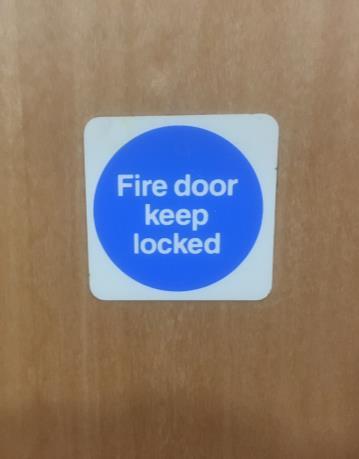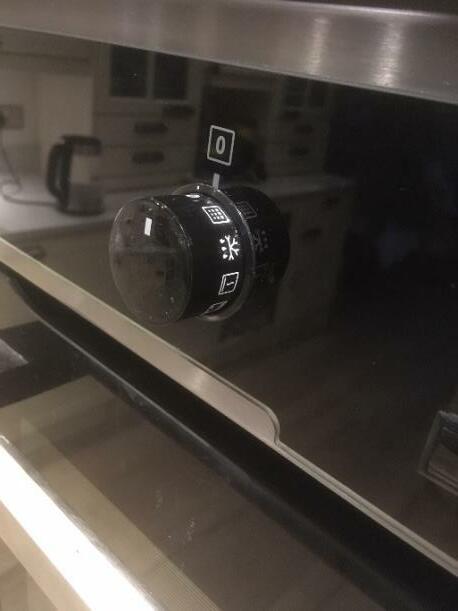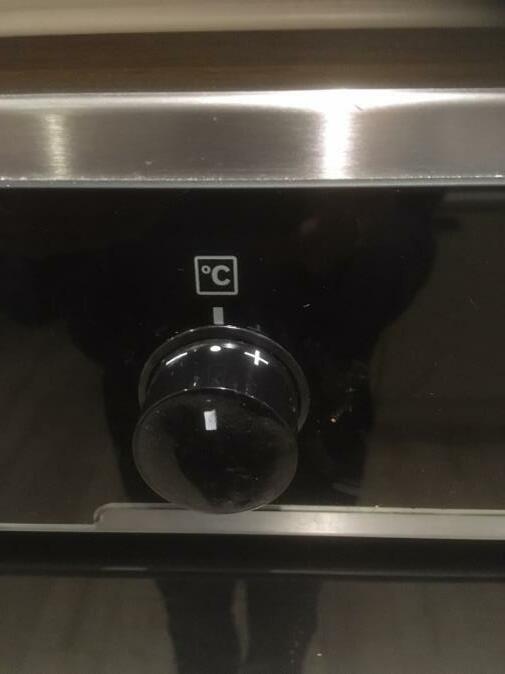
3 minute read
FINAL THOUGHTS FROM SYENNA
Dear Reader,
During my recent holidays I took some photos that could be useful in describing the value of a work product that PPI calls the Operational Concept Description (OCD), defined as follows: “a system or software-centric description of who the users of the system or software are, what are their intended uses of the system or software, how and where the system or software is intended to be used, and a representative set of scenarios of use. These scenarios, each associated with a particular intended use (mission), are chosen to represent both typical and limit conditions of use. The OCD also describes the expected external conditions during use. (PPI)”
Exhibit 1 shows the OCD for a Car Satnav System (CSS). When I showed this to the CSS project manager, she was aghast, shouting “If only you had shown me this at the start of the project, we could have cancelled the whole thing and put those resources to much better use”.

Exhibit 1 – OCD for Car Satnav System
Exhibit 2 appears in the OCD for a Hotel System. It illustrates how an OCD can be a powerful reference point for validation of requirements. It doesn’t have to be a long wordy thing; a few sketches and pictures can communicate the “statement of intended use” very elegantly. To twist a well-known saying, a picture can raise a thousand questions. In this example, some obvious ones would be: “What is the point of a door that has to stay locked shut?” - “Is the notice directed towards hotel staff or guests”? - “What are the needs for key management”? - “Under what conditions may the door be opened”? - “Must the sign be legible in a smoke-filled corridor”?

Exhibit 2 – OCD for Hotel System
Exhibit 3 appears in the OCD for a Holiday Apartment Cooker (HAC). The user scenario (for my user type “getting on a bit”) is as follows:
- User wishes to select cooker mode of operation - User cannot read the cryptic icons without reading glasses (note that this photo is atypical because the symbols on holiday apartment cookers are usually badly worn) - User spends ages trying to find reading glasses - User finds glasses and then can’t remember why they needed to find them - User gets hungry and then remembers - User goes back to cooker and can now read the cryptic icons, but has no idea what they mean - User tries to look up HAC instructions on the web, but apartment Wi-fi is inadequate - User goes to internet café - On-line help for HAC says “enter cooker model number – to be found on reverse of unit” - User returns to apartment to find that the built-in unit cannot be removed in order to discover its model number - User goes out to local restaurant

Exhibit 4 also appears in the OCD for the same Holiday Apartment Cooker (HAC). The user scenario (for all user types) is as follows: - User wishes to increase cooker temperature set-point - User rotates knob anti-clockwise so that the “+” symbol aligns with the “deg C” symbol at top dead centre - Cooker display shows that the set point has decreased by 5 deg C - User nearly goes to restaurant again but first tries rotating the knob clockwise so that the “-“ sign is at top dead centre - Cooker display shows that the set point has increased by 5 deg C - User decides never to get on an aircraft designed by these people

Exhibit 4 – OCD for HAC - temperature selection
I had no well-thought-out plan when snapping these photos, but now it is done I can postulate Syenna’s first law of the OCD: “No OCD = no Users”.




